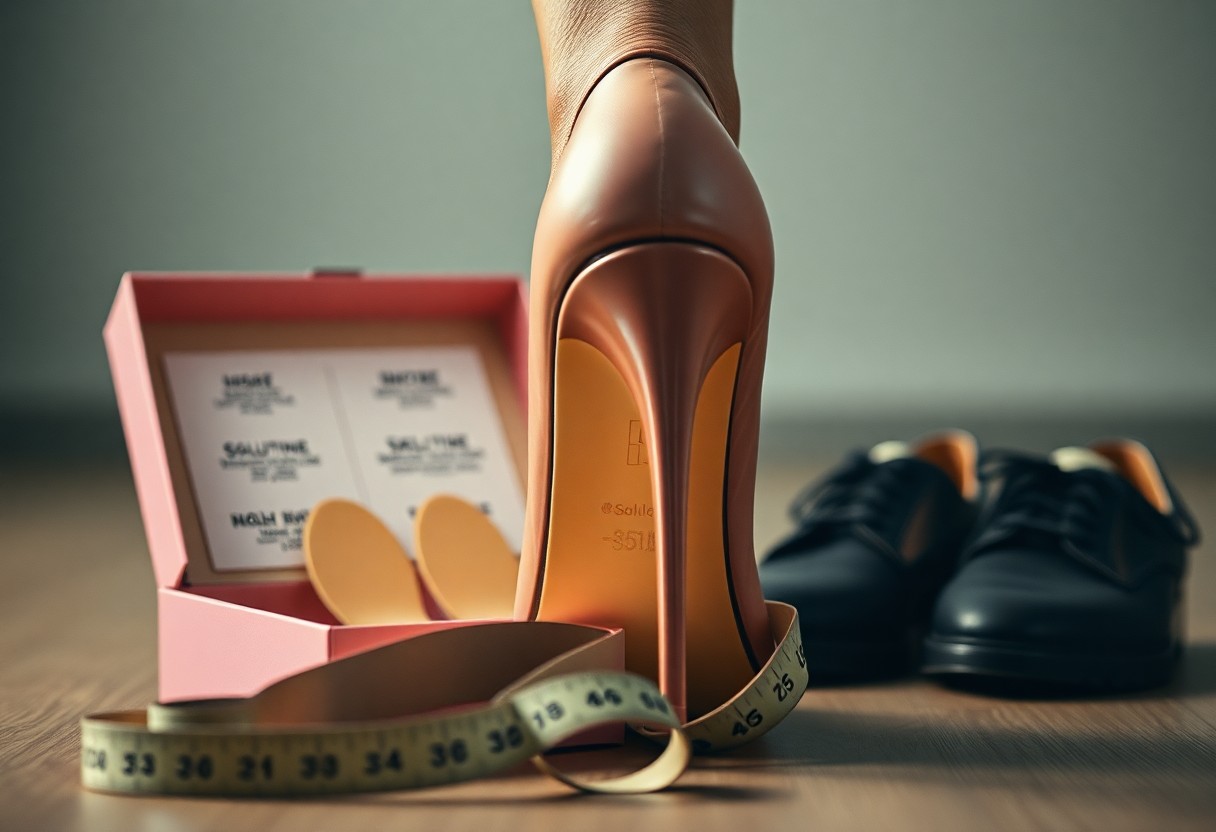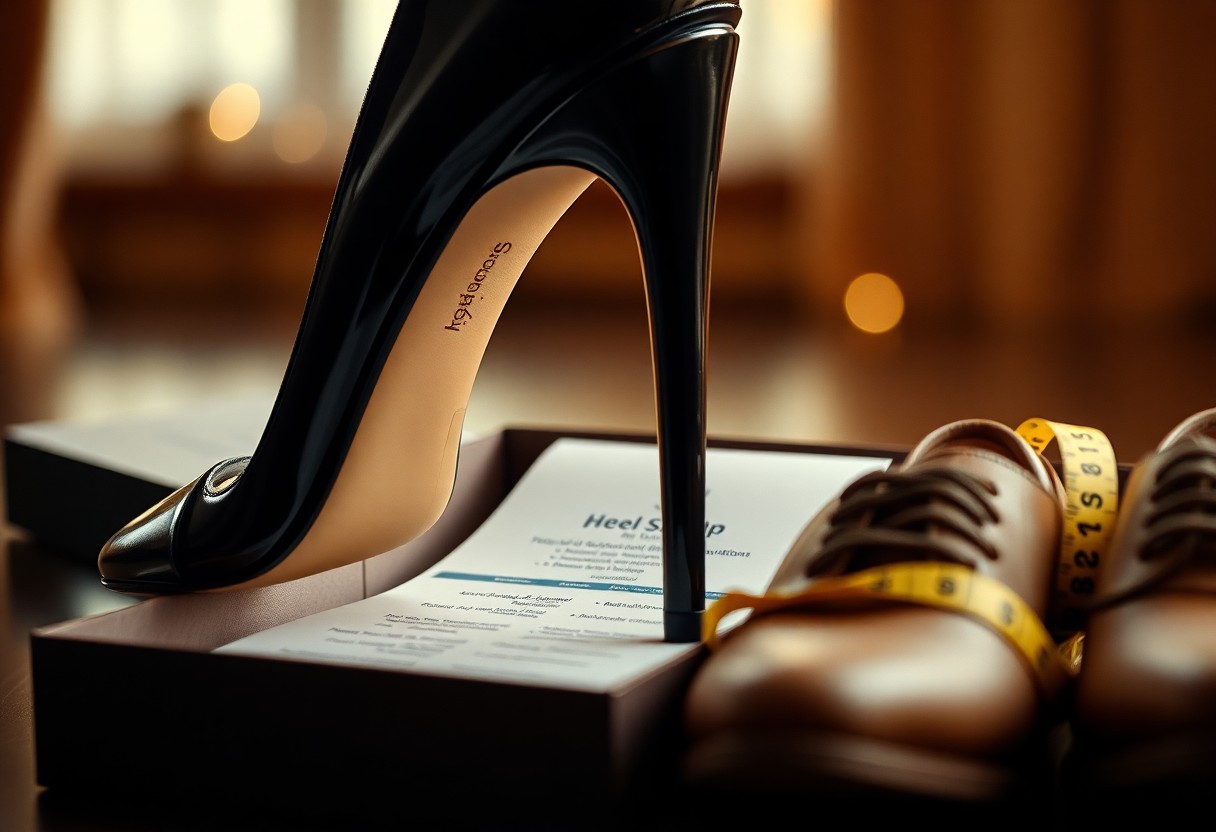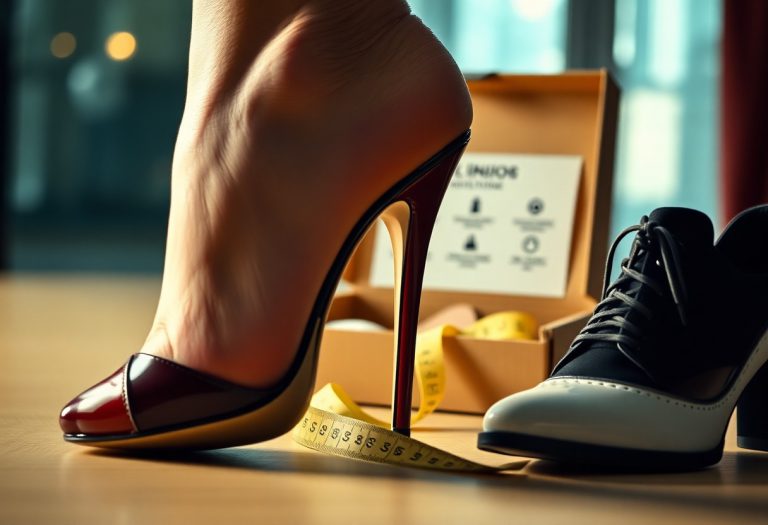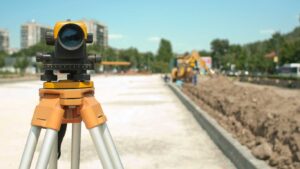Have you ever faced the frustrating challenge of heel slip while donning your favorite shoes? You are certainly not alone in this struggle! This common issue can cause considerable discomfort and lead to an unsatisfactory fit, ultimately affecting your daily activities. However, by thoroughly understanding the underlying causes and implementing efficient prevention strategies, you can significantly enhance your shoe-wearing experience. In this comprehensive guide, we will delve into the complexities of heel slip, explore its two main types, offer identification tips, and, most importantly, provide actionable solutions to prevent and address this problem. By the end of this guide, you will be armed with essential knowledge to ensure your footwear fits securely and comfortably.
Gain In-Depth Understanding of Heel Slip: Discover Causes, Effects, and Solutions
Before diving into the nuances of heel slip, it is crucial to grasp the basic concepts associated with this phenomenon. Heel slip occurs when your heel moves out of its intended position within your shoe, leading to discomfort and a compromised overall fit. Recognizing this issue is vital for anyone who values both style and comfort in their footwear choices. By understanding the mechanics behind heel slip, you can make informed decisions when selecting shoes, ultimately enhancing your comfort level while wearing them.
Discover the Two Main Types of Heel Slip: Identification and Understanding
Heel slip can be categorized into two primary types:
- Shoes that are too large, where your heel easily slips out of the shoe, resulting in discomfort, and
- Shoes that fit properly but feature a stiff heel counter or slick leather, leading to slight movements in the heel area.
The key to effectively addressing heel slip lies in accurately identifying the type you are experiencing. Understanding whether your discomfort arises from sizing issues or material characteristics is crucial for discovering the right solutions.
| Type of Heel Slip | Description |
| Too Big | Your heel easily exits the shoe while walking, indicating a size mismatch. |
| Fits but Stiff/Slick | Slight heel movement occurs due to a stiff heel counter or slippery leather material. |
| Narrow Heel | Your foot has a naturally narrow heel, complicating the search for a perfect fit. |
| BREAK-IN | The leather gradually softens, conforming to your foot over time and minimizing heel slip. |
Essential Tips for Recognizing Heel Slip: Identifying the Problem
Research indicates that around 80% of individuals can identify when a shoe is excessively large. However, the real challenge lies in discerning whether slight heel movement is due to the shoe being too small or simply needing a break-in period. Additionally, it is important to acknowledge that as you wear your shoes, the leather softens, and the insole molds to your foot’s unique shape, potentially affecting the fit. So, how can you differentiate between acceptable heel slip and an ill-fitting shoe? Observing your heel’s behavior while walking and conducting self-assessments can yield valuable insights.
Identify the Root Causes of Heel Slip: Key Factors to Address
If you are struggling with heel slip, pinpointing the root cause is essential for effective resolution. Two main factors can contribute to heel slippage in footwear.
Assessing Your Shoe Size: Are They Too Large for Comfort?
To determine if your shoes are simply too large, try tightening the laces thoroughly. If your heel continues to slip out, this clearly indicates a fit issue. You should never be able to effortlessly walk out of your shoes or easily slip them off without first untying the laces. Ensuring an appropriate fit is vital for your comfort and stability while walking or standing, promoting a better overall experience.
The Impact of Stiff Heel Counter and New Leather on Fit: What to Know
Taking a closer look, two significant elements can contribute to heel slip: a stiff heel counter and new, slippery leather. Even if your shoes fit adequately, these factors can cause slight heel movement. When wearing new footwear, the stiffness of the heel counter combined with the new leather may lead to some heel movement. However, with regular wear, the leather will gradually soften, and the heel counter will begin to mold to your heel’s contours, resulting in a more secure fit. This natural adaptation process typically takes about 7-10 wears, which is a normal part of breaking in new shoes.

Implement Proactive Strategies to Effectively Prevent Heel Slip
Preventing heel slip is best achieved through proactive measures during the shoe selection and break-in phases. By acknowledging the importance of proper fit and the break-in process, you can drastically reduce the likelihood of heel slippage, resulting in a more comfortable and secure fit for your footwear.
Prioritize Proper Shoe Fit: The Foundation of Comfort and Stability
To achieve a comfortable and secure fit, it is critical to choose shoes that conform well to your feet. Avoid purchasing footwear that is excessively large, as this can lead to heel slip and overall discomfort. Make it a priority to try on shoes before making a purchase, and take the time to walk around in them to ensure they feel secure and comfortable. A proper fit is paramount in preventing heel slip, ensuring both comfort and stability as you navigate through your day.
Master the Art of Breaking in Your Shoes for Optimal Fit
Properly breaking in your shoes is essential in preventing heel slip. When you first wear new footwear, the leather is often stiff, and the heel counter is upright, which may lead to some movement in the heel area. However, as you continue to wear the shoes, the leather will soften, and the heel counter will gradually mold to your heel’s shape, providing a more secure fit. Even shoes that initially fit well may still require a break-in period to achieve the best fit possible. This break-in process can take around 7-10 wears, so it’s vital to remain patient and not become discouraged by initial heel movement. By properly breaking in your shoes, you can enjoy a comfortable, secure fit while minimizing the risk of heel slip.

Understand the Critical Role of Insole and Heel Counter in Achieving a Secure Shoe Fit
When addressing heel slip, two essential components play a significant role: the insole and the heel counter. Understanding how these elements work together is crucial for ensuring a secure and comfortable fit, allowing you to move confidently without worrying about slippage.
Grasp the Function of the Insole and Its Impact on Fit
As you wear your shoes, your body weight begins to create an imprint of your feet on the insoles, causing you to sink deeper into the footwear. This process enhances the overall fit, as sinking slightly allows for a tighter grip in the heel area. When your foot is positioned higher, even by just 1mm, the chance of heel slip increases compared to when you are properly locked in. A well-structured insole can significantly enhance your comfort and stability, making a noticeable difference in your overall shoe experience.
Evaluate the Importance of Heel Counter Material and Its Molding Process
One of the primary contributors to heel slip is the stiffness of the heel counter, particularly when the leather is new and slippery. However, as you continue to wear the shoes, the material between the leather and lining begins to mold to the shape of your heel, providing a better grip. Although the heel counter may feel stiff initially, it will eventually conform to your heel shape as the shoes are worn. As you sink into the footbed, the combination of these factors will contribute to a more secure lock in the heel area. This process may take time, but it is a normal part of breaking in a new pair of shoes.

Strategies for Discovering the Perfect Fit for Your Shoes
To ensure a comfortable and secure fit, determining the right shoe size and style is crucial. This process can be somewhat challenging, particularly when dealing with the issue of heel slip, which can disrupt your overall footwear experience.
Essential Guidelines for Effectively Trying on Shoes
When trying on shoes at the store, aim to do so in the afternoon when your feet are likely to be slightly swollen. Wear the same type of socks or hosiery that you intend to wear with the shoes. Walk around the store to confirm that the shoes feel comfortable and do not slip off your heels during movement. Pay attention to how they fit while engaging in activities, as this can provide valuable insights into their long-term comfort and wearability.
Understanding Acceptable Heel Play During the Break-In Process
A slight degree of heel play can be a normal aspect of the break-in process. Don’t be alarmed if you notice some movement in the heel area; it doesn’t automatically indicate that the shoes are too large. It’s important to remember that the leather will soften and adapt to your foot shape over time. As you continue to wear your shoes, the heel counter will adjust to fit your heel snugly, ensuring a better lock in the heel area. Accepting some degree of heel play can be a normal part of the process and isn’t necessarily a sign of an improper fit.
Innovative Solutions for Narrow Heels: Achieving the Best Fit
Having a narrow heel doesn’t mean you have to accept a lifetime of battling heel slip. There are practical strategies available to effectively address this problem, which we will explore below.
Exploring Custom Shoe Options for a Tailored Fit
If you find it challenging to secure a proper fit in off-the-shelf shoes, you may want to consider custom footwear options. This could involve investing in bespoke shoes designed specifically to your measurements or collaborating with a cobbler to modify your existing shoes to better accommodate your unique foot shape. Custom solutions can provide the necessary support and fit to eliminate heel slip and enhance your overall comfort.
Embracing Fit Imperfections: A Positive Mindset Shift
Finding the perfect fit in ready-to-wear shoes can often be a daunting task, particularly for individuals with narrow heels. Accepting that a small degree of heel play is quite normal can be a liberating mindset shift. With time and wear, the leather will conform to your foot, improving the overall fit. Breaking in your shoes is a natural and necessary process that can help mitigate heel slip issues. By embracing these imperfections and allowing time for your shoes to adapt, you can achieve a comfortable and secure fit, even with standard options.
Key Insights on Heel Slip: Essential Takeaways for Your Footwear Journey
In summary, you now possess a deeper understanding of heel slip, including its underlying causes, effective prevention techniques, and practical solutions. By being able to distinguish between a shoe that is too large and one that features a stiff heel counter, you’ll be better prepared to make informed choices when trying on new footwear. Remember, breaking in your shoes is essential, as the leather will gradually mold to your foot over time, resulting in a more secure fit. If you continue to experience significant heel slip, consider exploring custom options to find the ideal fit for your unique foot shape.
Common Questions About Heel Slip: Addressing Your Concerns
What is heel slip, and how does it impact my shoe fit?
Heel slip refers to the movement of your heel within the shoe, which can result from either the shoe being too large or a stiff heel counter combined with slippery new leather. There are two distinct types of heel slip: one occurring when the shoe is excessively large, and the other when the shoe fits well but the heel counter remains stiff, causing some movement. Understanding the differences between these types is essential for achieving a comfortable and secure shoe fit.
How can I effectively prevent heel slip, and what solutions are available?
To prevent heel slip, ensuring a proper fit is of utmost importance. If you determine that the shoe is too large, try tightening the laces to see if that helps. If the heel counter feels stiff, it’s advisable to break in the shoe by wearing it regularly, as the leather will soften and conform to the shape of your foot over time. Additionally, consider the insole and heel counter, as both significantly influence heel slip. Should you continue to experience heel slip after breaking in your shoes, you might have a narrow heel, and exploring custom options may be necessary.
How can I tell if I have a narrow heel, and what options do I have?
If you consistently experience heel slip with most shoes, even after breaking them in, it’s possible that you have a narrow heel. In this situation, finding a perfect fit without custom solutions can be quite challenging. Consider consulting a professional shoe fitter or exploring custom shoe options to secure a comfortable and well-fitting pair.
The Article Heel slip explained causes prevention and solutions appeared first on My Shoes Finder
The Article Heel Slip: Causes, Prevention, and Effective Solutions Was Found On https://limitsofstrategy.com
References:
Heel Slip: Causes, Prevention, and Effective Solutions





It’s so relatable to hear about heel slip—I’ve definitely had my fair share of shoe dramas! I remember investing in a beautiful pair of heels, only to find myself constantly adjusting them throughout the night. It completely distracted me from enjoying the event!
I hear you on the shoe dramas—it’s so frustrating when a beautiful pair of heels ends up being a distraction. Comfort really shouldn’t come at the cost of style. Many people don’t realize that the shape of the shoe, along with proper sizing, plays a huge role in how well heels fit. Sometimes, a simple insole or even heel grips can make a big difference in preventing that annoying slip.
I can totally relate to the heel slip struggle! It’s amazing how something seemingly small can impact our comfort and mobility throughout the day. I’ve found that investing in quality insoles has made a noticeable difference for me. They not only help with fitting but also provide extra cushioning, which is a bonus for prolonged wear.